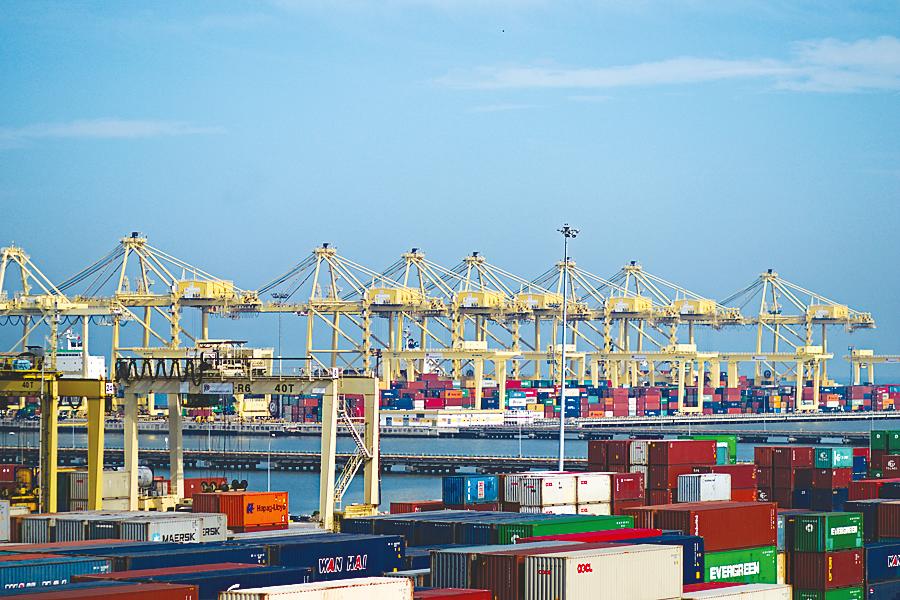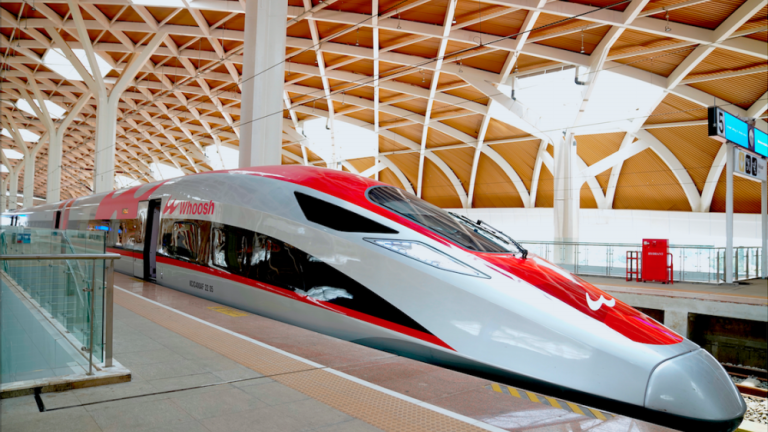GEORGE TOWN: Despite being the final federal port in the peninsula to be accorded the free commercial zone (FCZ) status, without a doubt Penang Port Sdn Bhd’s North Butterworth Container Terminal’s (NBCT) operations will be impactful, especially when its transshipment activities are in full swing.
Penang Port chief executive officer Datuk Sasedharan Vasudevan said even though NBCT received the FCZ status on Feb 1 this year, the port operator has a conservative target for transshipment throughput of 50,000 twenty-foot equivalent units (TEUs) for 2021.
“However, once the business matures, it can potentially go up to half million TEUs. This is what we are looking at for the next five years. Once it starts building momentum, we may have to expand the port to ensure we have the capacity,” he told Bernama.
He said Penang Port’s strategic location would enable transshipment activities from the Bay of Bengal and potentially the Middle East, considering that it is the first port located on the Straits of Malacca.
In preparation for the FCZ and the potential new business that comes with it, he said Penang Port, a unit under MMC Corp Bhd, has spent close to RM500 million in capital expenditure in the last five years.
Sasedharan said currently the port has enough buffer in the capacity for the next three to four years, but if there is a sudden surge in volume, Penang Port is ready to invest when needed.
He said April 29 marked an important milestone for Penang Port as it received its first transshipment cargo of 223 TEUs from Evergreen Marine Corp, subsequently creating a new business for the port operator.
“This new business does not only mean growth for Penang Port as it also creates a spin-off effect in the form of a new business for Penang-based forwarding and shipping agents,” he said.
Banking on the FCZ status, he is confident that Penang Port would reach greater heights in line with the performance of other ports such as Port Klang and Port of Tanjung Pelepas (PTP), of which, transshipment revenue made up at least 40% of their revenue.
While Port Klang and PTP primarily serves a lot of East-West route such as China to Europe, Penang Port’s focus is mainly the Bay of Bengal.
“The Bay of Bengal starts from Sri Lanka right up to southern Thailand and in 2020, the Bay of Bengal throughput volume is estimated to be around 8.1 million TEUs.
“We have daily Far East service – so if any shipping companies want to send their cargo to China, Japan, Korea or Taiwan, they can drop a box here so they can get the daily connection,” he said.
While other businesses are reeling from the cruel blow of the Covid-19 pandemic, logistics business might come out of this calamity unscathed.
As a matter a fact, Sasedharan said, there is a global phenomenon of container supply shortage, attributed to China’s skyrocketing e-commerce sector and longer turnaround time of containers.
“Covid-19 has not impacted the logistics sector because people still need to eat and medicines still need to be exported and imported,” he said.
Sasedharan said Penang Port aims to bring up its throughput to the 2019 level of 1.5 million TEUs this year after experiencing 7.0% drop in 2020.
He is optimistic of the port’s outlook going forward, given the potential of new transshipment business coupled with the opening of new factories in the northern region.
“In the northern region, five or six new factories are opening this year and they are located close to Penang Port. Hence, we believe they will likely be our customers once they started exporting,” he added. – Bernama













